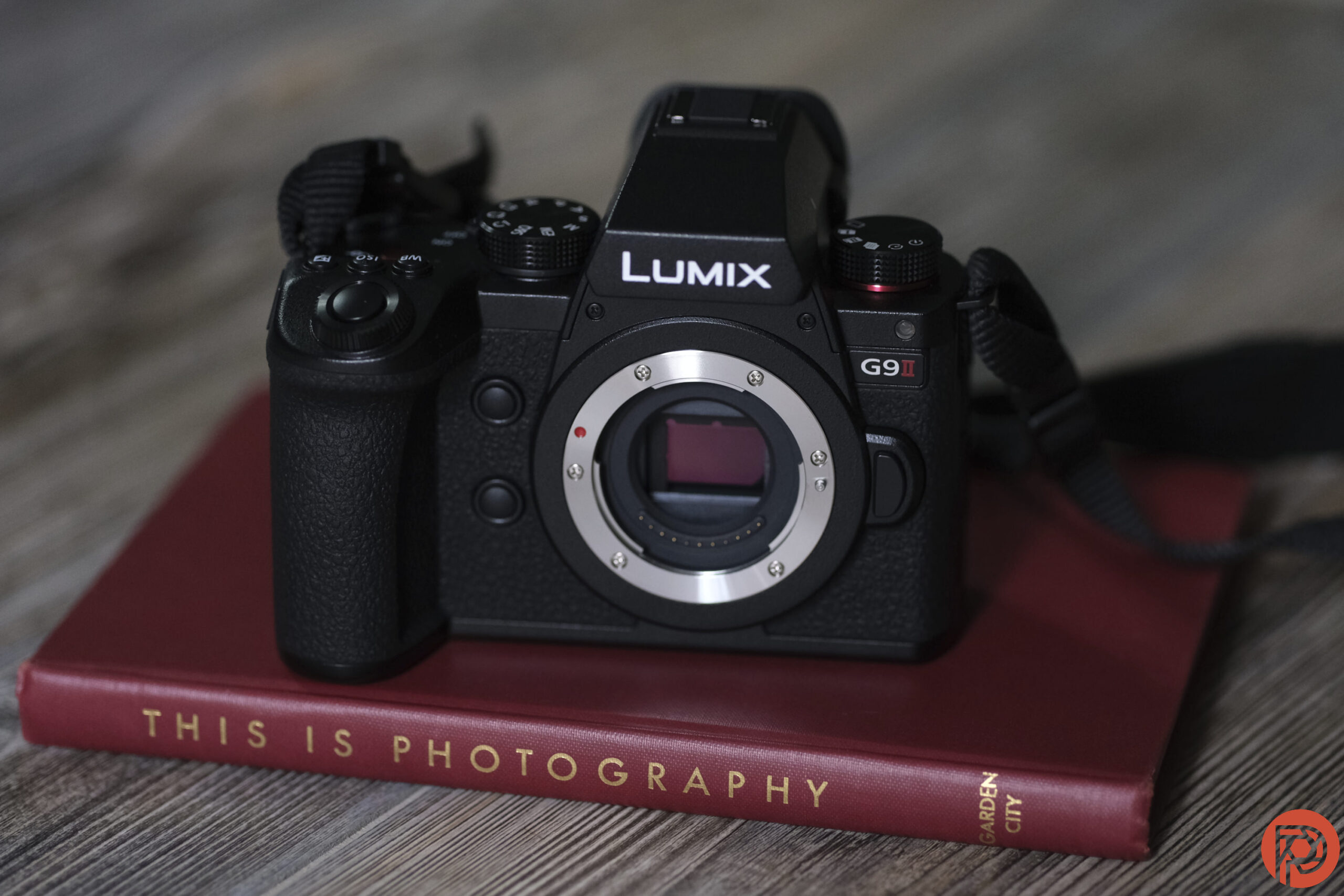I don’t mind when cameras gain video features — until those movie perks push out essential features for still photographers. But unlike the GH6 which sadly lacked features like Live Composite, the new Panasonic G9 Mark II isn’t a hybrid camera for content creators. The Panasonic G9 II is a stills camera for still photographers. And that’s a great thing.
While the Panasonic G9 II still has video capabilities, it skips out on some more high-end hybrid features that limit the camera in other areas. For example, it doesn’t have the top vent so while it offers unlimited 4k recording times in a typical environment, recording times are limited while shooting out in extreme temperatures. However, eliminating that vent allows the camera to have more room for a better stabilization system along with more advanced weather sealing.
Panasonic is putting still photographers first with the new G9 II, which retails for about $1,900. Besides prioritizing things like Live View and enhanced stabilization over video features, the mirrorless body sees a long list of improvements including, yes, finally, phase detection autofocus. A new processor, enhanced subject detection, and burst speeds with continuous autofocus up to 60 fps make the Panasonic G9 II an enticing choice for genres like sports and wildlife, where the 2x crop factor will also go a long way in easing the cost and weight of telephoto lenses.
I spent a few days with the Panasonic G9 II before the official announcement. While I haven’t extensively tested out features like low light autofocus and RAW flexibility just yet, my first impressions are positive.
Table of Contents
What’s new in the Panasonic G9 II vs G9
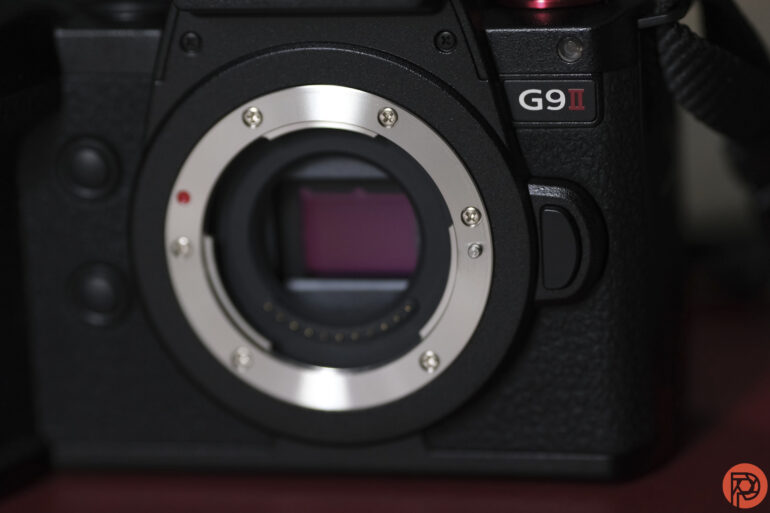
The second generation G9 carries several big improvements from the original, with more than five years since the launch of the first G9. The biggest updates include:
- An updated 25.2-megapixel sensor, the same as in the GH6
- An 8-stop body IS and 7.5-stop dual IS system, a jump from 6.5 stops
- A hybrid phase detection autofocus system with 779 points
- Car and Motorcycle detection autofocus added
- 60 fps electronic shutter and 10 fps burst mechanical shutter with continuous autofocus and pre-burst settings of .5, 1.0, or 1.5 seconds
- 100 megapixel high res handheld compared to 80
- A lower base ISO of 100 (ISO 50 extended)
- An updated resolution for the Vari-Angle LCD at 1,840k dots
- Updated ports, including USB-C and synch socket
Ergonomics
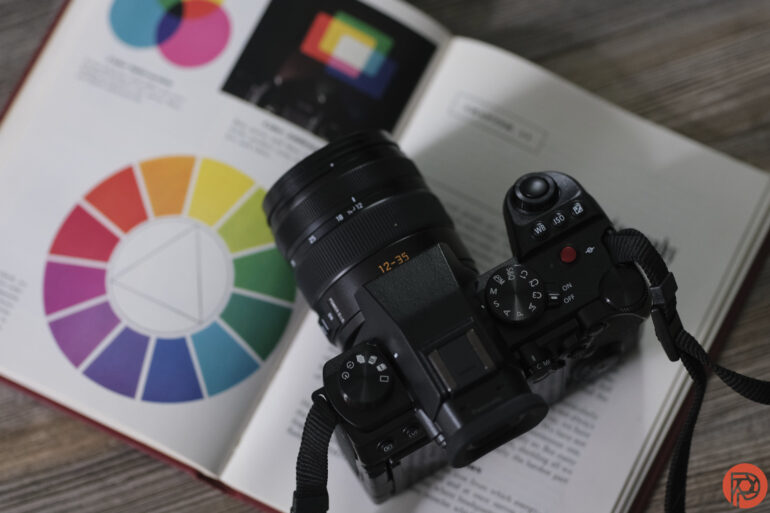
Photographers familiar with Panasonic cameras will find themselves right at home with the G9 II. While the camera has a long list of improvements over its predecessor, the ergonomics remain relatively unchanged from the G9. The camera uses the same chassis as the S5 Mark II, so the G9 II feels similar to Panasonic’s full-frame bodies as well — in fact, the G9 II weighs slightly more than the full-frame S5 II which Panasonic says is due to the stabilization unit inside the G9 II. It weighs the same as the original G9, and the dimensions are off by only a few millimeters.
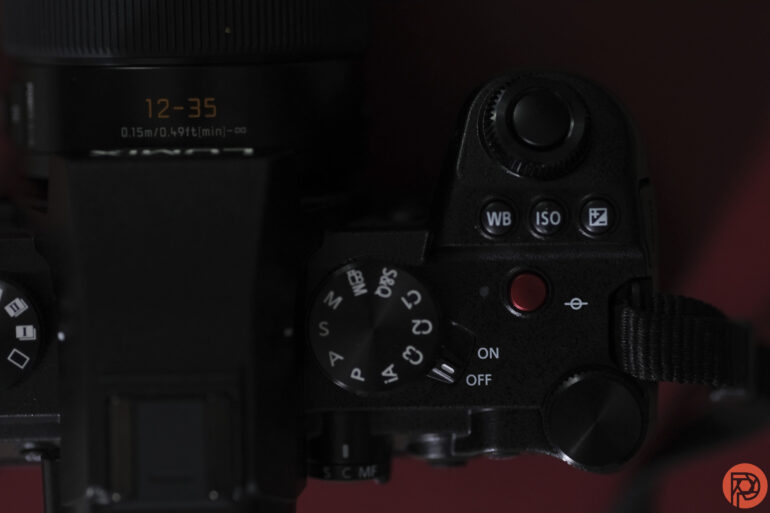
Like the original, the Panasonic G9 II has a really lovely grip. My fingers can wrap all the way around it, which makes it a more comfortable hold, even when working with heavier telephoto lenses. My thumb and index finger rest right near the dual control wheels at the top of the grip. The top also houses shortcut buttons for white balance, ISO, exposure compensation, and record, with dials for both the mode and drive mode.
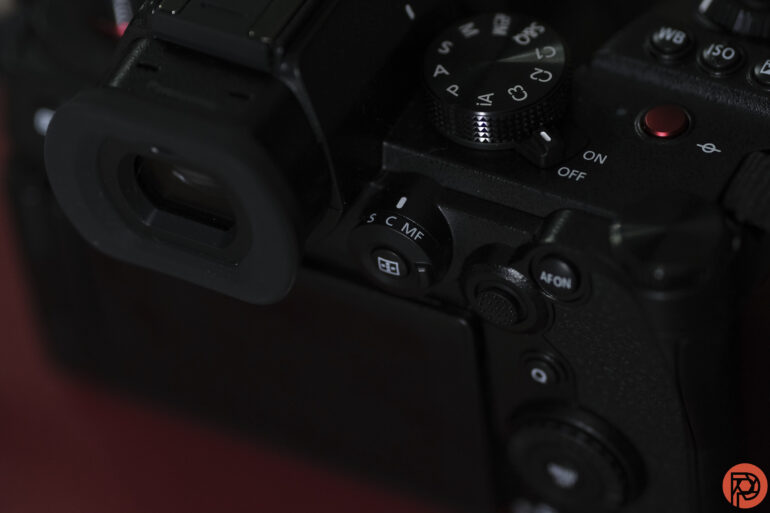
A group of autofocus buttons rest near the thumb rest on the back. A focus mode switch wraps around an AF area mode button. Next to that is an AF joystick—which can also move diagonally, unlike the 4-way joystick on the original G9—and the AF on button. Below that is a set of menu buttons and controls. After jumping over the viewfinder, you’ll see playback and viewfinder buttons. The 1840k dot monitor flips out to the side for vari-angle viewing. The viewfinder boasts a 3680k dot resolution and, in electronic shutter mode, doesn’t black out between bursts.
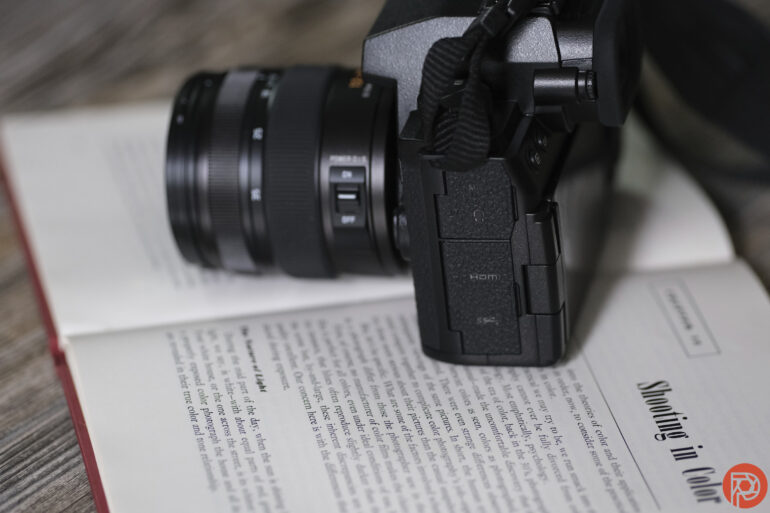
The grip side of the camera houses two SD card slots and a remote control port while the opposite side has a bank of ports for a mic, headphones, HDMI, and USB. The front of the camera houses two shortcut buttons between the mount and the grip. The battery door is located on the bottom of the camera (the G9 II uses the same battery as the S5).
Build Quality
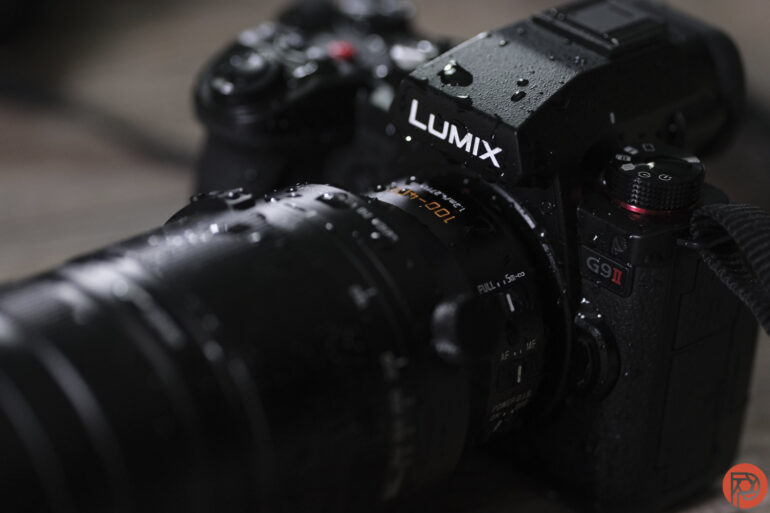
Unlike the Panasonic S5 II, the G9 II doesn’t have a vent for active cooling. While that limits 4K recording to around 15 minutes in extreme temps above 100 degrees, it allows the G9 to better withstand cold temperatures. That means the G9 II is dust, splash, and freeze-resistant. Panasonic says that the weather sealing is a bit better than on cameras with the cooling vent. I used the G9 II in some on-and-off rain and didn’t have any issues with it. I also didn’t spot any dust or debris on the sensor during my initial tests.
Ease of Use
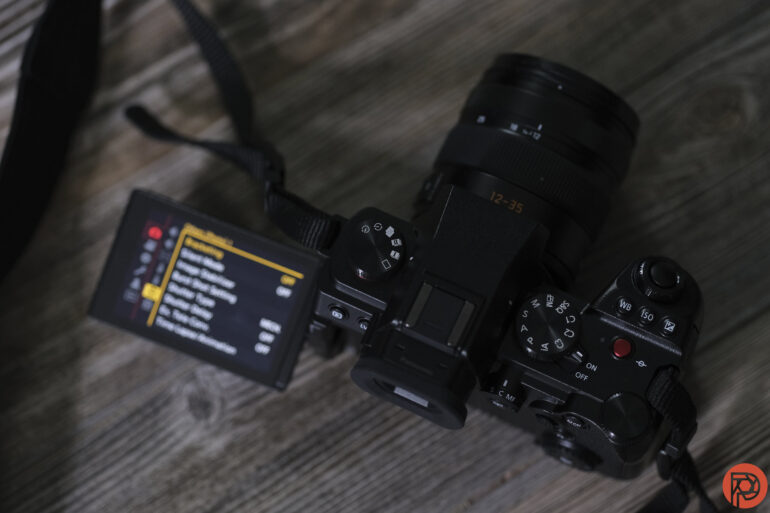
I found working with the Panasonic G9 II to be similar to my experience with other Panasonic cameras. There are a lot of different controls that may be a little daunting for beginners, but the dedicated, tech-savvy newbie could do well with features like animal detection autofocus and impressive stabilization.
Stabilization sees a jump up to 8 stops. Using a 12mm focal length, I was able to take handheld photos at five seconds long, though that’s with bracing my elbows and holding my breath. I love a camera that can take some long exposures without a tripod, and so far, the G9 II is living up to that expectation.
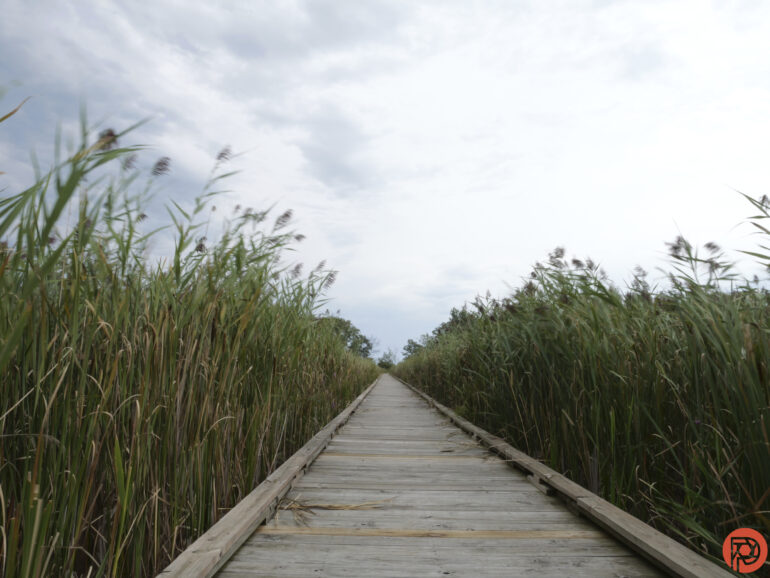
The super fast burst mode and pre-burst options will also help both new and seasoned photographers get the timing right. A 60 fps burst with continuous autofocus is fast enough to be a video. But, on the flip side, culling a photo session shot at 60 fps is time-consuming and soul-sucking.
The menu system is also similar to other Panasonic models. There are a few things that I had to really look around for because the tab labels aren’t always self-explanatory. But the tab system is okay once you spend some time getting familiar with it. And the menu is touch-sensitive as well, which is a plus.
One thing that I’ve found mildly annoying working with the G9 so far is the start-up time after powering on feels a bit slower than others. I can typically count to five after flipping the camera on before the screen comes alive. The battery life is also ranked lower than competitors at 390 shots with the viewfinder and LCD screen, but 1,305 images in powerSave using just the viewfinder. Like with most other cameras, though, this is grossly underestimated, at least if you turn on the burst mode. I used up about half the battery on a two-hour birding hike.
Focusing
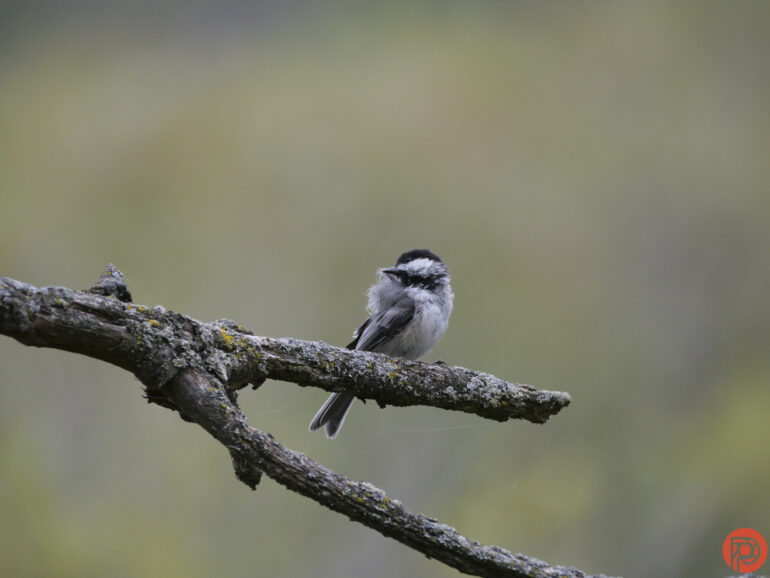
The autofocus system is a complete overhaul from the predecessor because the original used contrast detection, while the G9 II uses a hybrid phase detection system. While I’m still putting the G9 II through the paces—and most notably, I haven’t spent much time working in low light yet—my experience so far is that the system is pretty fast, though far from infallible.
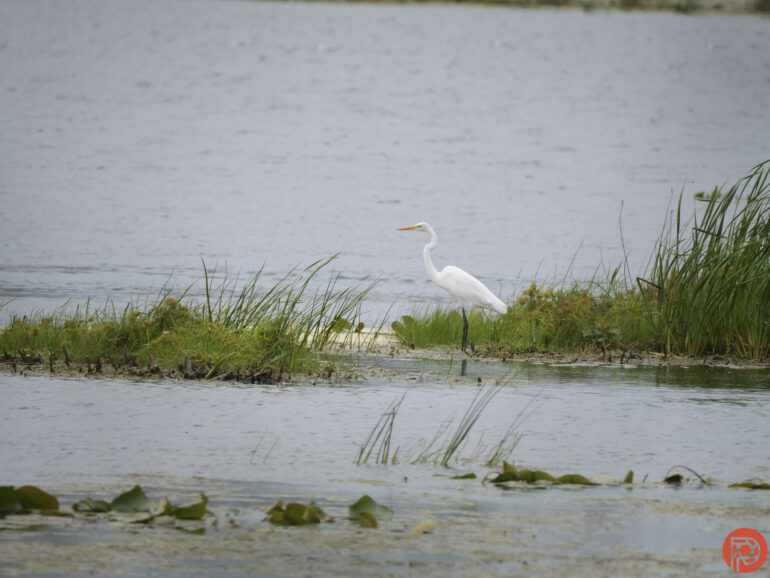
Using the G9 II for birding, the system worked pretty well at picking up on the animal and, when close enough, the animal’s eye. However, objects in front of the animal, such as branches or tall grass, seem to throw the camera off, and the focus point rests on those branches instead of the animal, even though the box around the animal’s eye makes it appear that the focus has locked on successfully. I found this to be an issue with both birds and a whitetail fawn. Most of my birding shots are keepers, but the reason to use animal eye AF in the first place is to help pick up the animal among all the branches and such in the environment. Hopefully, this is an issue that can be negated with settings as I continue testing or corrected later with firmware.
The face detection so far has been solid, recognizing the face or eyes, even while in profile. I’m still putting the autofocus system through its paces, but so far the new phase detection system seems pretty fast.
Image quality
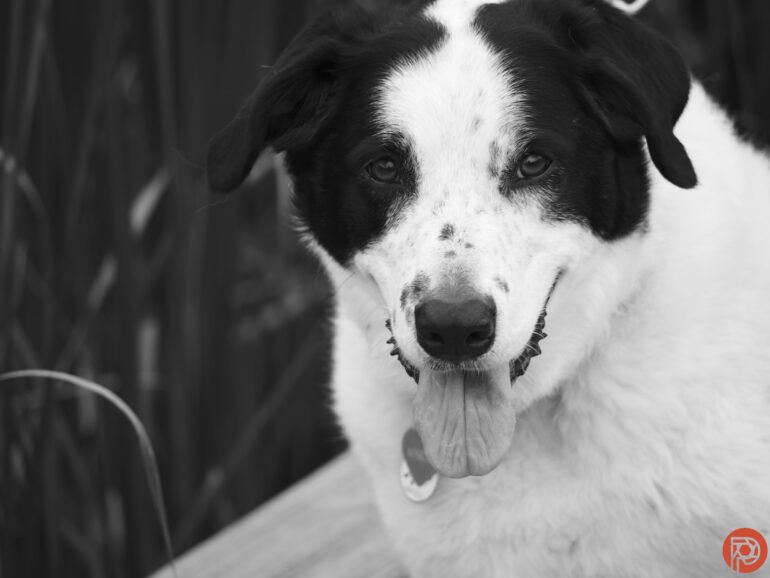
The Panasonic G9 II uses the same sensor as the Panasonic GH6, so the level of detail and resolution is the same. Yet, there will be some differences between the two. The dynamic range boost system on the GH6 is tuned for video and isn’t used on stills under ISO 800. Panasonic says the system is fundamentally changed on the G9 II. Using two different circuits, the G9 II exposes two circuits at once to better capture details in highlights and shadows, creating a sort of in-camera HDR without the ghosting of traditional processes. Panasonic says that it delivers even more flexibility in post with less color cast over the original G9. But, without the RAW support in Lightroom or Capture One for this new camera just yet, my opinions here are based exclusively on the JPEGs straight from the camera.
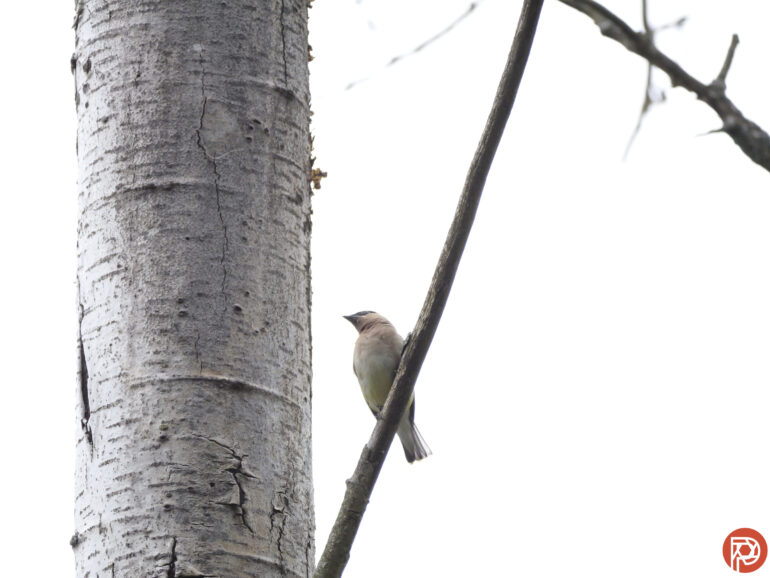
While the bump in resolution over the predecessor is minor, the JPEG files are nicely detailed without an overwhelming amount of noise. My initial tests with this camera were largely birding and wildlife photography, which required pushing the ISO well above base. At ISO 1600, the wildlife photos coming from the G9 II still retain a nice level of detail without a lot of noise. Details start to get a bit more muddied at ISO 3200.
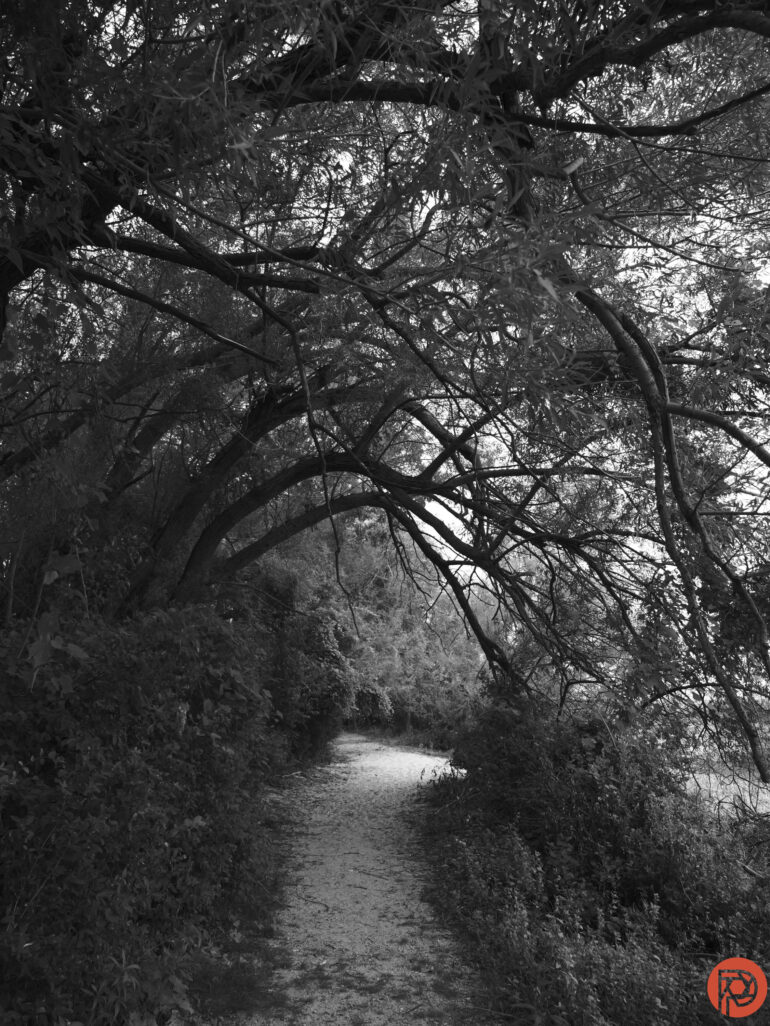
I always enjoy using Panasonic’s Cinelike color profiles, but there’s a pretty amazing new color profile option on the G9 II — a Leica Monochrome. I really love Leica’s monochrome profiles, but not the price points. The G9 II can capture some of the rich contrast of a Leica monochrome but without the high price tag.
My initial shots with the Panasonic G9 II are right in line with my expectations for a higher-end Micro Four Thirds camera. While I need to dive into a wider variety of shots and scenarios, I didn’t find anything worrisome in my first impressions.
Extra Image Samples – Unedited
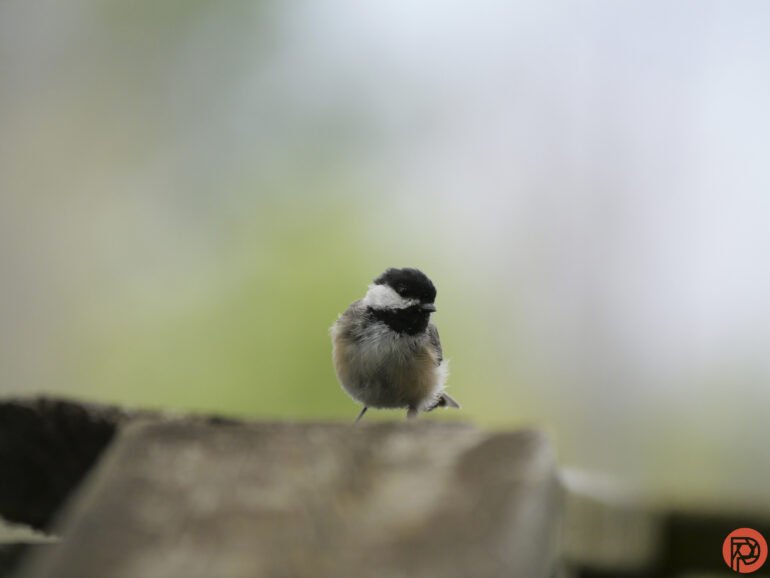
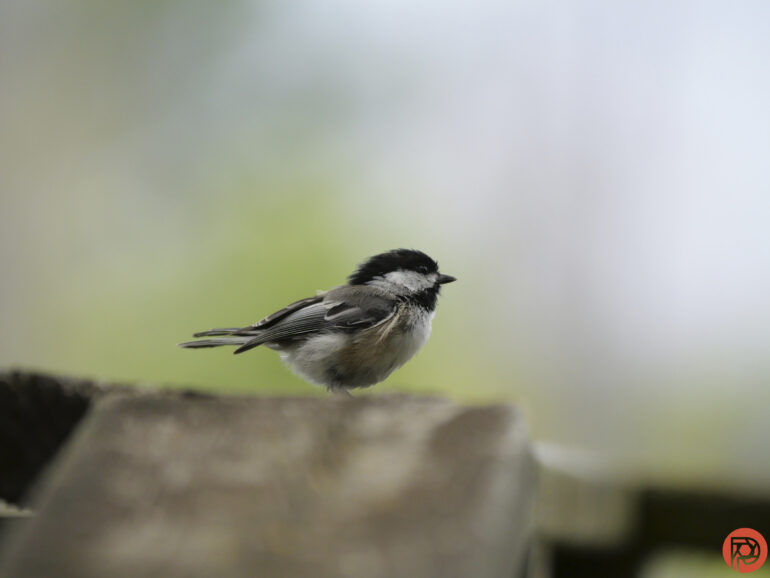
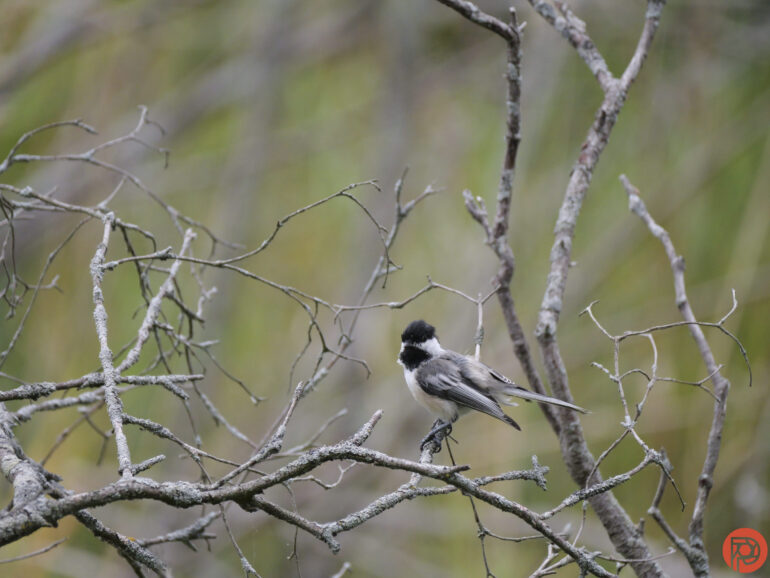
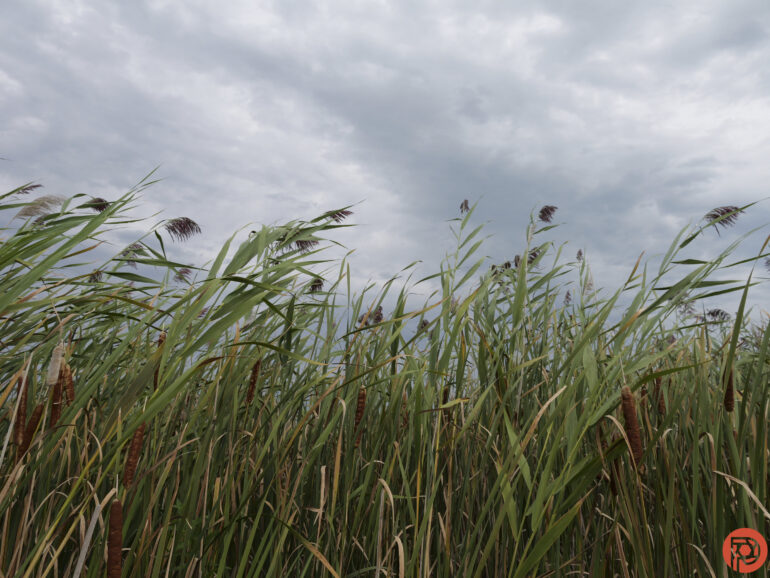
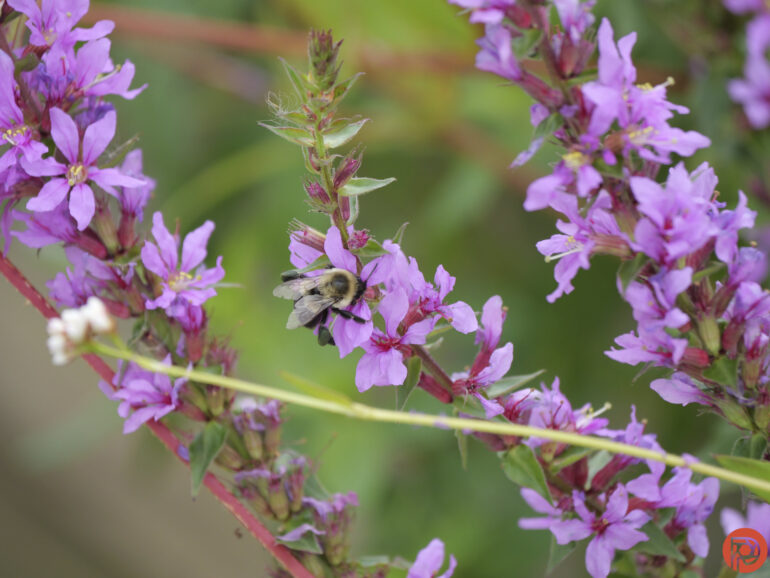
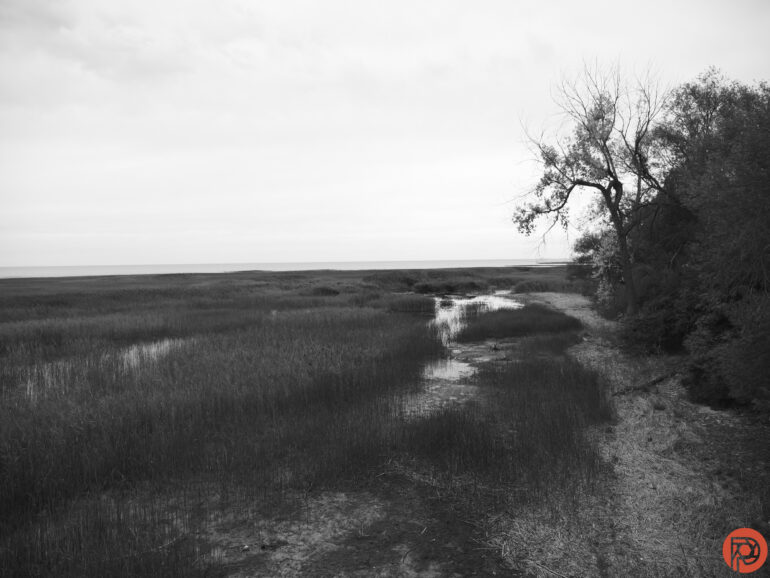
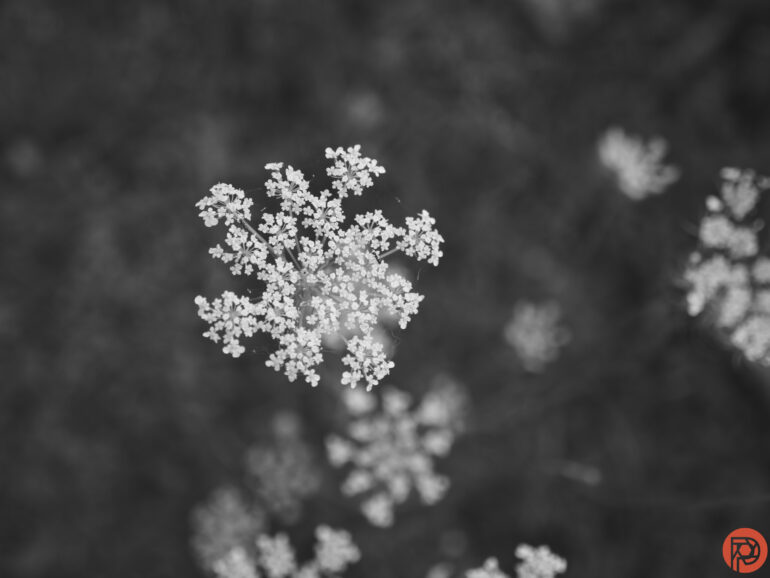
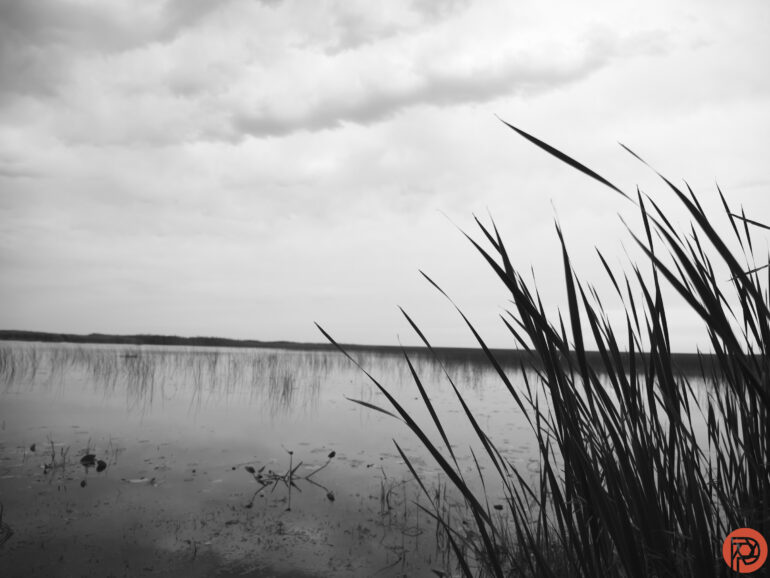

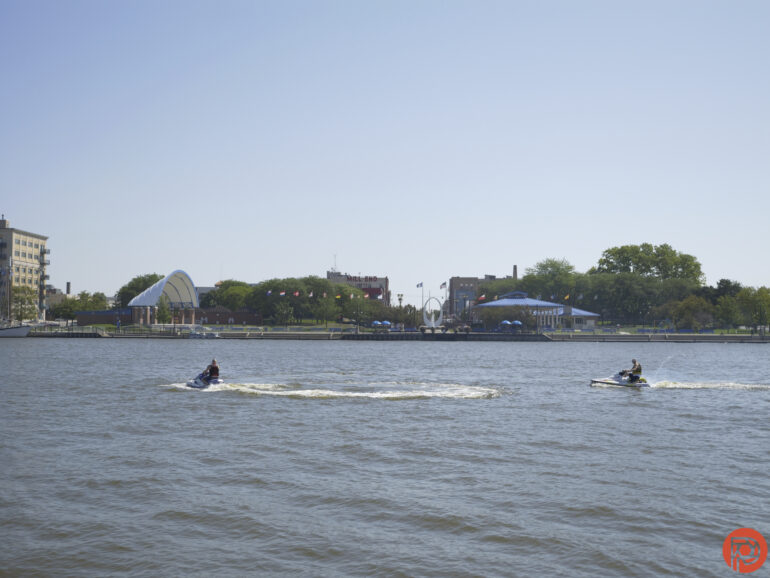
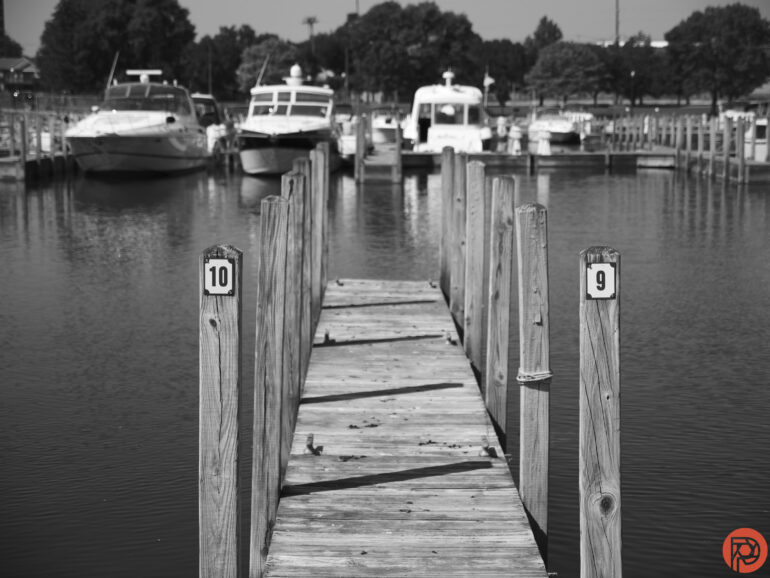

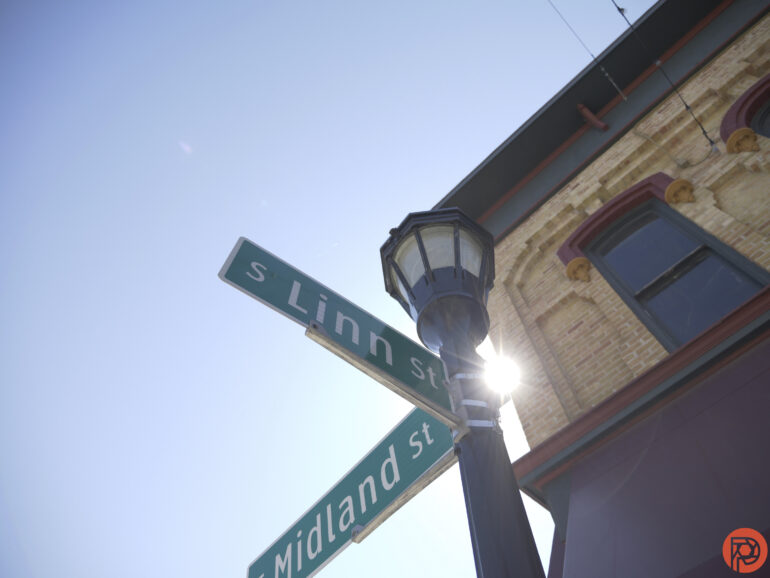


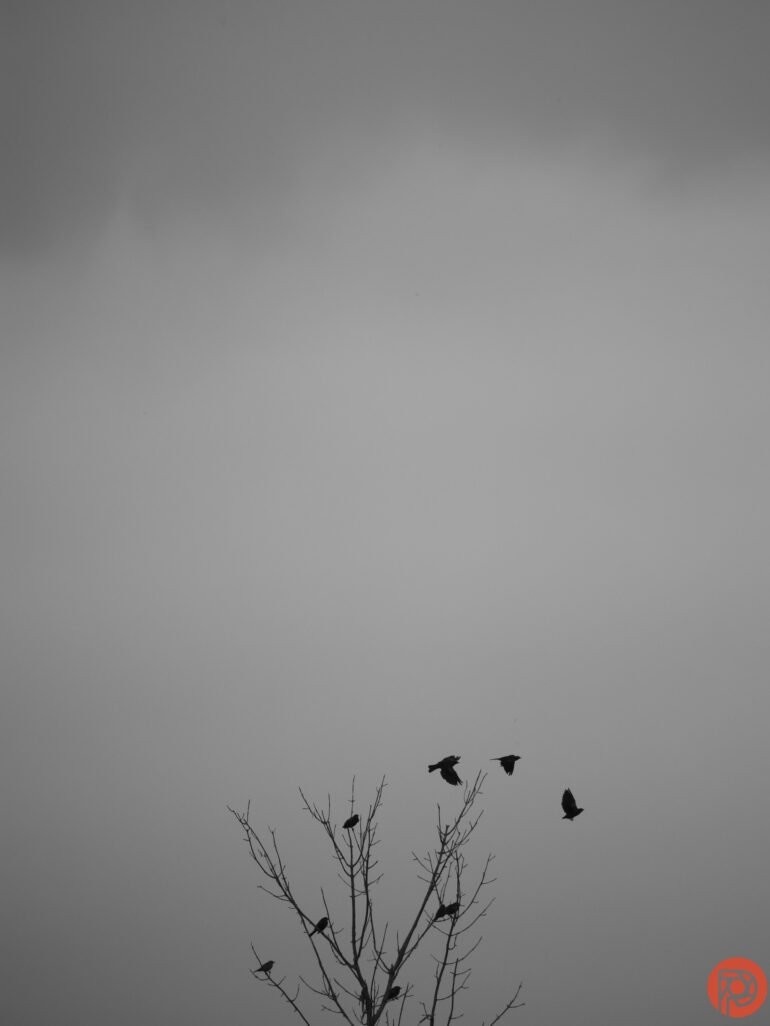
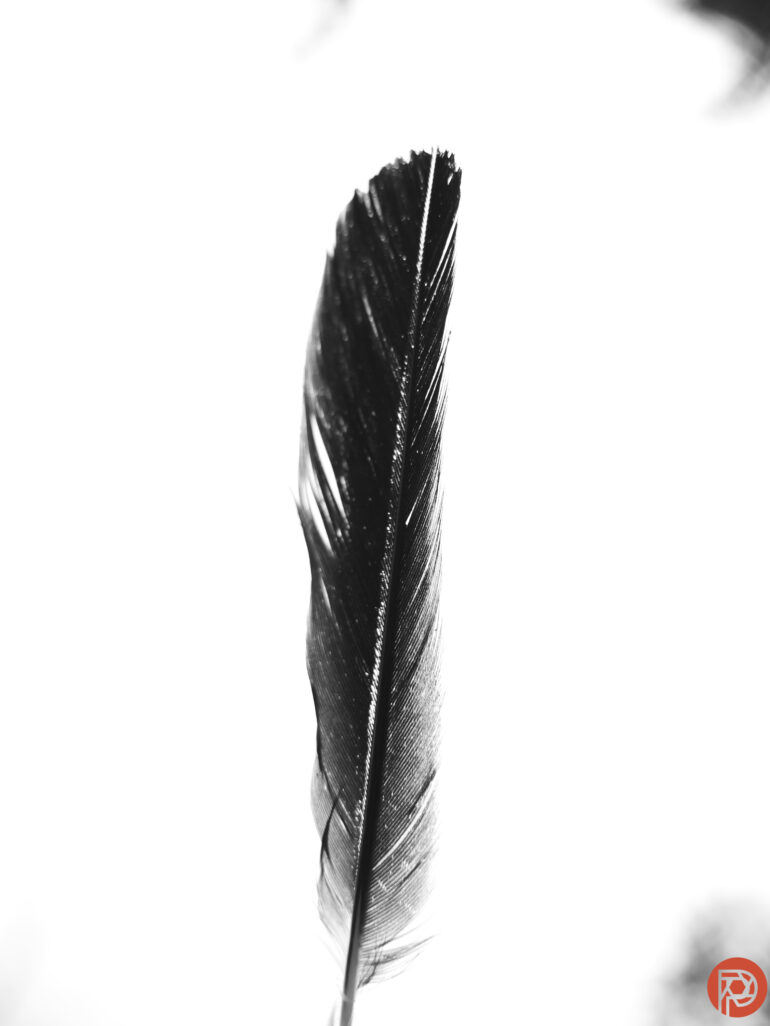
First Impressions
The Panasonic G9 II is an exciting update to the company’s Micro Four Thirds bodies because it is aimed at the genres that stand to gain the most from the smaller sensor — sports and wildlife. The upgraded autofocus system and 60 fps bursts will appeal most to the wildlife and sports shooters — which also happen to be the genres that typically benefit the most from getting twice the reach from a lens.
But, the other reason that the G9 II is exciting is because it focuses on photographers, not content creators. The G9 II still has video — and even high-end video options like Apple ProRes—but it prioritizes photo features when a choice has to be made between the two. I was highly annoyed when the GH6 eliminated my favorite shooting mode on Panasonic and ditched Live Composite while beefing up on video. Live Composite is still on the G9 II, along with a more robust stabilization system and better weather sealing.
My first impressions of the Panasonic G9 II are largely positive. I love the ergonomics and weather sealing. The Leica Monochrome is my new favorite Panasonic color profile. The speed is over-the-top crazy. The stabilization is long-exposure-without-a-tripod good. But, I need to spend a little more time with the camera shooting more genres to really hammer out the good and bad. My biggest initial concern is that the animal eye AF tends to fail if there are branches or other objects in front of the animal. Stay tuned for the full review.


